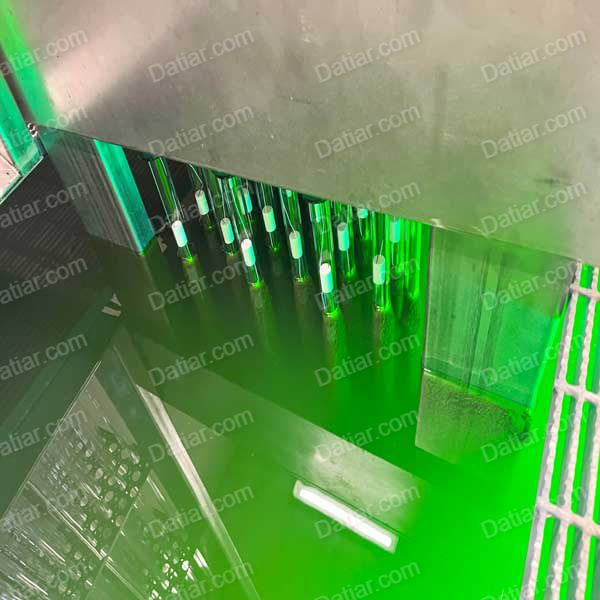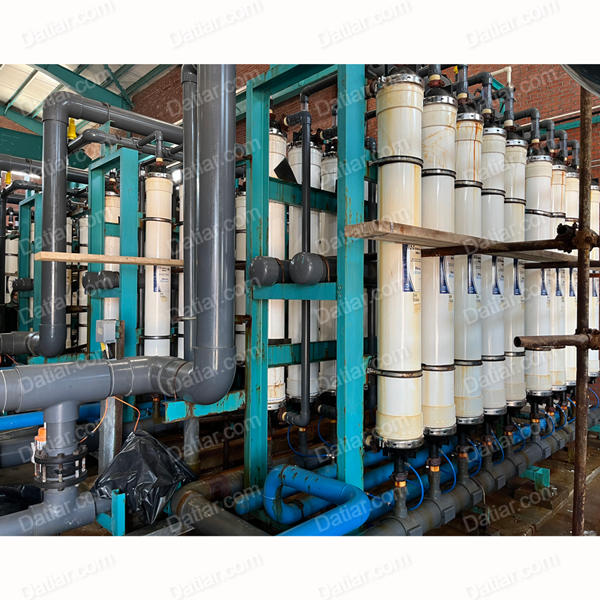Sand Filter
A sand filter is a type of water filtration system commonly used in swimming pools, wastewater treatment plants, and various industrial processes. It operates on the principle of trapping impurities and particles within the sand bed as water passes through it.
Here’s how a typical sand filter works:
- Inlet: Water enters the sand filter through an inlet pipe.
- Distribution: Inside the filter tank, the water is evenly distributed across the top of the sand bed by a distribution system. This ensures that the water flows uniformly through the sand.
- Filtration: As water percolates through the sand bed, suspended particles and impurities are trapped within the tiny spaces between the sand grains. This process effectively removes debris, dirt, algae, and other contaminants from the water.
- Outlet: Cleaned water exits the sand filter through a collection system at the bottom of the tank.
- Backwashing: Over time, the sand bed becomes saturated with trapped particles, which can reduce its filtration efficiency. To maintain optimal performance, the sand filter periodically undergoes a backwashing process. During backwashing, the flow of water is reversed, and a powerful surge of water is sent up through the sand bed. This dislodges trapped debris and flushes it out through a waste pipe.
- Rinsing: After backwashing, the filter undergoes a rinsing phase where clean water is passed through the sand bed to settle the sand back into place and remove any remaining debris.
Sand filters are valued for their simplicity, reliability, and cost-effectiveness. They can effectively remove a wide range of particles and impurities from water, making them suitable for various applications. However, they may not be as efficient as more advanced filtration technologies in removing very fine particles or dissolved contaminants.






